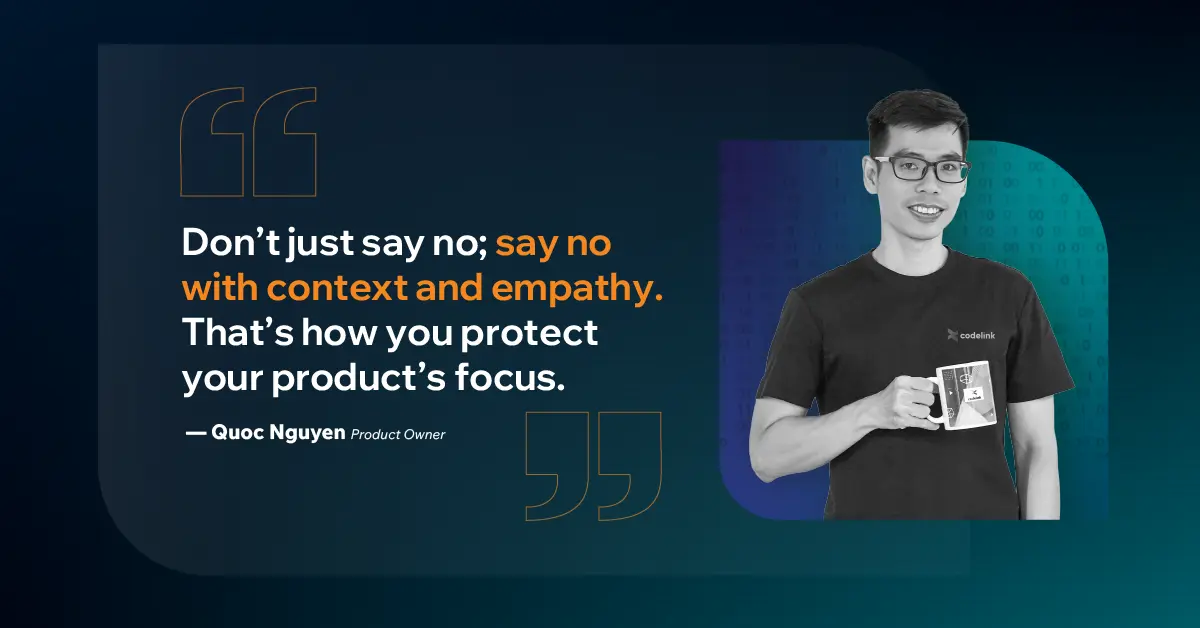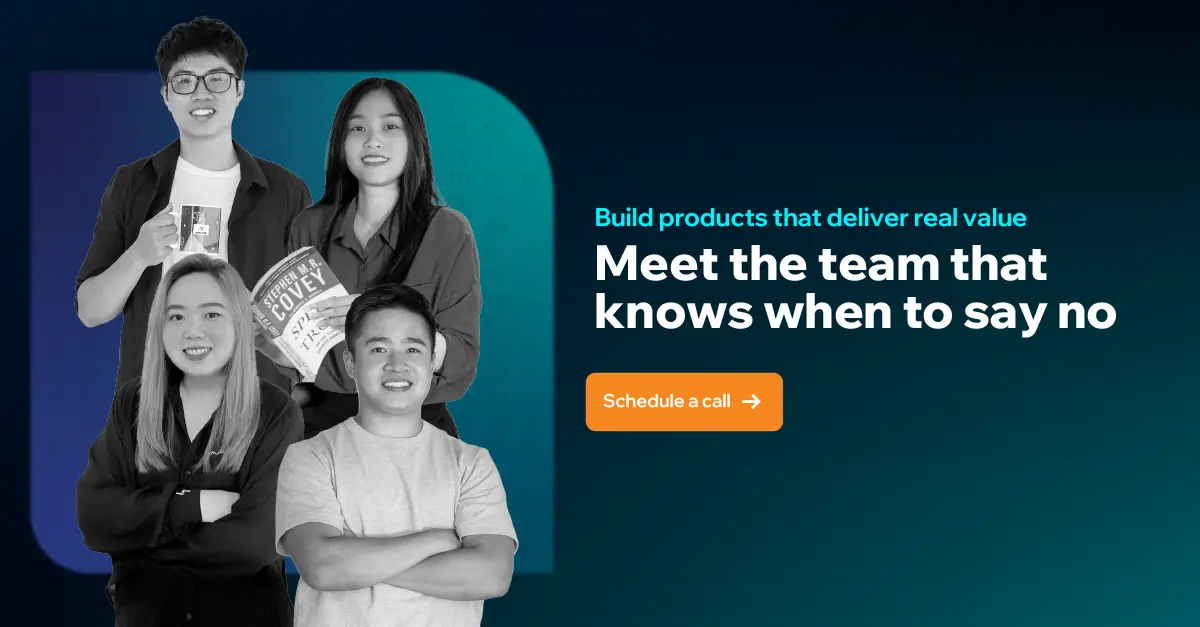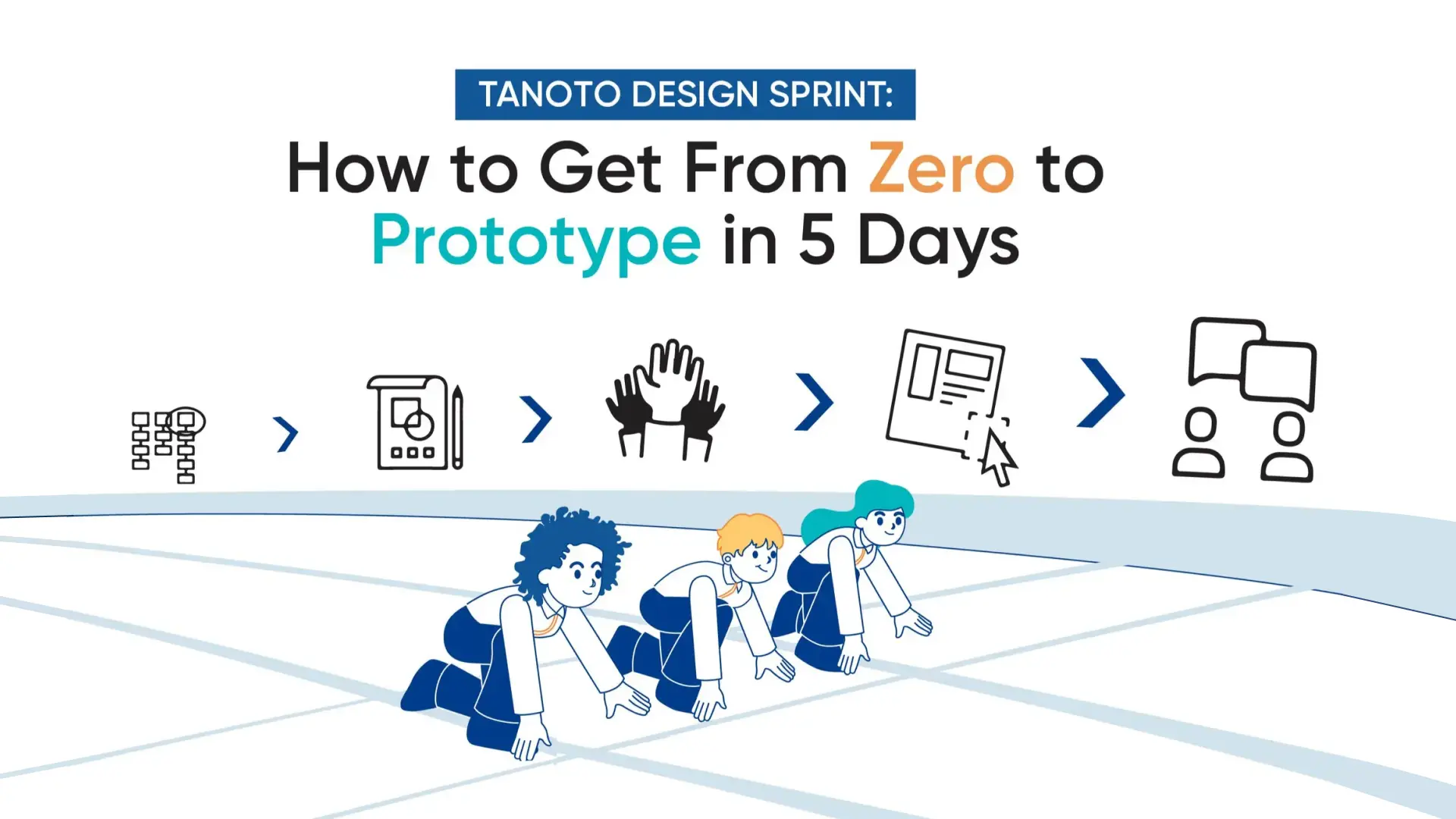The Cost of Feature Bloat: How to Say No to Unnecessary Features and Focus on Core Value
In the race to innovate, even the best products can become cluttered and complex. This guide provides a clear framework to spot feature bloat, say ‘no’ effectively, and anchor your product roadmap to core user value.

In today’s fast-moving tech landscape, feature-rich products often feel like a mark of progress. Teams race to out-innovate each other, stakeholders push for differentiation, and engineers explore the next big functionality. But somewhere in this rush, product clarity begins to erode. What starts as innovation can quietly transform into feature bloat.
This article dives into the real costs of feature bloat, offering a clear framework to identify unnecessary features and, most importantly, the practical art of saying "no" to refocus on delivering core value.
What Is Feature Bloat?
At its core, feature bloat is when a product accumulates functions that** add little or no real value to the user’s core journey**.
These features often stem from good intentions: an enthusiastic idea from sales, a niche request from a VIP client, or a trending capability from a competitor. However, if not controlled, they can crowd the product interface and affect product clarity. Over time, it can quietly divert your product from its long-term vision.
How can you spot it? Here are two clear signs:
- Low usage data: If usage analytics reveals that users don’t interact with a feature or drop off the flow when it appears, that feature is likely non-essential, or its UX is too complex.
- User Friction: If you notice users having difficulty understanding what a feature does or frequently misusing it, this indicates a misalignment. In other words, you’re addressing a problem your audience doesn’t have (or at least not in that way).
Why Feature Bloat Is So Damaging
Ignoring the signs of feature bloat carries a price, impacting everything from user satisfaction to your bottom line.

Degraded User Experience
Every new feature adds complexity. With more buttons, toggles, and settings, a clean and simple app quickly becomes a cluttered mess. Users are forced to search through a maze of options to find the one they need.
This means the product is more complicated to learn and more confusing to use. This friction degrades the user experience, turning a product people once loved into frustration.
Increased Maintenance and Support Overhead
From a technical perspective, every feature is a burden. It adds to the codebase, increasing the surface area for bugs and creating future dependencies that can slow down development.
More features mean more to maintain, more to test, and more to explain. This slows team velocity and pulls engineering away from higher-impact work.
This bloat inevitably spills over to your customer support teams, who are left to handle rising tickets from confused users, further draining company resources.
The One Filter That Matters Most
How do you decide which features are truly worth building?
Start with a simple question
Does this feature support the product’s core user journey?
If the answer is "maybe" or "no," the feature will likely distract users more than it helps.
Decide with your North Star metric
However, relying on that question alone can lead to subjective debates. That's where the North Star framework comes in. It provides a clear, measurable way to determine whether a product delivers real value to users and the business.
For example:
- A music app’s North Star might be Time Spent Listening.
- A SaaS platform might focus on Weekly Completed Key Actions.
This approach gives teams a common goal and replaces opinion-based arguments with data-driven decisions.
Each team can define its own North Star, aligned with the company’s broader vision but tailored to the team's focus. This creates accountability and keeps priorities aligned from strategy to execution.
In practice, your North Star should anchor every decision. Use it in planning meetings, daily stand-ups, and product reviews. When you focus on a metric that reflects meaningful user engagement, you naturally prioritize features that strengthen the core experience and set aside those that don’t.
Finally, remember that North Stars can and should change. As the product matures, user needs change, or strategy shifts, your guiding metric must also adapt. But at any stage, if a proposed feature doesn’t move the needle on your North Star Metric, it’s not a priority.
How to Say No (Without Burning Bridges)
Armed with a North Star, you now have the logic to say no. But declining a feature request, especially one from a stakeholder, partner, or client, isn’t always easy. The key is not just to say no, but to say no with context and empathy.

Start by asking:
- Why does this feature matter to the requester?
- What outcome are they trying to achieve?
When you understand the “why,” you can often find a better “how.” In many cases, there’s a simpler or more scalable way to address the root problem without adding a full feature.
Then, share your reasoning:
- “This doesn’t align with our user journey.”
- “It doesn’t support our North Star Metric.”
- “It’s a low priority based on user impact.”
One practical framework to soften the conversation is MoSCoW: Must-have, Should-have, Could-have, Won’t-have (for now).
When you need to decline an idea, the most diplomatic way to say "No" is to say, "Not now". By using the MoSCoW prioritization model, you can set clear expectations while acknowledging valuable input.
For example, you can say, "That's an interesting idea for improving [X]. Currently, our focus is on the 'Must-Haves' that drive our North Star. I see this as a 'Could-Have' for the future. Let's add it to our backlog and revisit it once our current priorities are delivered."
This method helps categorize feature requests transparently and move less-critical ideas to the backlog while maintaining goodwill.
Build Less. Deliver More.
At CodeLink, we believe great products not only improve but also evolve with purpose. This means prioritizing clarity over complexity and value over volume. Every feature should earn its place, and every decision should tie back to what truly moves the needle for your users.
Learning to identify the signs of bloat and mastering the art of the strategic "no" are the core disciplines required to build lean, impactful products.
Ready to cut through the noise and deliver what really matters? Let’s build products that deliver real value!

Contact CodeLink to explore how our product-focused approach helps companies scale without the bloat.

Quoc Nguyen
Product Owner
Quoc is an experienced Scrum Master and Product Owner with over ten years of experience, transitioning from product designer to team leader, ensuring quality, scrum adherence, collaboration, and effective team delivery.




